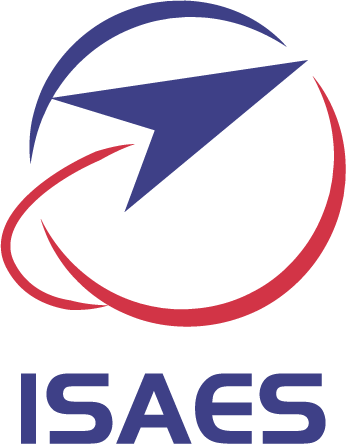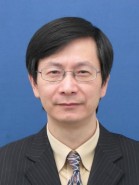
Prof. Yao Zheng, Zhejiang University, China
郑耀 教授,浙江大学
(Cheung Kong Chair Professor, The Winner of National Outstanding Youth Science Fund)
(Foreing full member, Academician of Russian Academy of Engineering)
Biography: Dr. Yao ZHENG is a Cheung Kong chair professor with Zhejiang University, appointed by the Ministry of Education of China since 2001. He has been the director of Center for Engineering and Scientific Computation (2002-), the founding deputy dean of School of Aeronautics and Astronautics (2007-2013), and the vice dean of Faculty of Engineering (2014-2019), all in Zhejiang University, China, and the executive director of Zhejiang Institute of Turbomachinery and Propulsion Systems (2019-), China.
He earned a BSc in Mathematics from Hangzhou University, China, in 1984, an MSc (Eng) in Mechanics from Harbin Institute of Technology, China, in 1986, and a PhD in Computational Modeling from University of Wales Swansea (UWS, currently Swansea University), UK, in 1995. Prior to joining UWS in 1989 under a joint doctorate program, he pursued doctorate study in Civil Engineering at Zhejiang University, China, for two and a half years.
He had been a Senior Research Scientist for NASA Glenn Research Center, Cleveland, Ohio, USA, from 1998 to 2002. Prior to moving to NASA, he had been a Senior Software Scientist with CD-adapco (currently a subsidiary of Siemens), New York from 1997 to 1998; and a PhD candidate and a Senior Research Assistant at the Department of Civil Engineering, University of Wales Swansea, UK for eight years. He left NASA Glenn Research Center for Zhejiang University in March, 2002.
His research has spanned flight vehicle design, aerospace propulsion theory and engineering, and computational mechanics and engineering. He has authored or co-authored five books, three translation books, and over 400 papers.
He serves as a member of the General Council (2004-) of the International Association for Computational Mechanics (IACM); a member of the General Council (2004-2013) and the Executive Council (2013-2025), and the President (2022-2025) of the Asian-Pacific Association for Computational Mechanics (APACM); and the President of International Chinese Association for Computational Mechanics (ICACM) (2016-). He had been a Vice President (2005-2020) of the Chinese Association of Computational Mechanics (CACM).

Prof. Zhan Kang, Dalian University of Technology, China
亢战 教授,大连理工大学
(Changjiang Scholar Chair Professor, The Winner of National Outstanding Youth Fund)
Biography: Dr. Zhan Kang is a Changjiang Scholar Chair Professor of Dalian University of Technology. He graduated from Shanghai Jiaotong University in 1992, received his MEng in mechanics from Dalian University of Technology in 1995 and his Dr. –Ing. degree from Stuttgart University, Germany in 2005. His current research involves issues such as topology optimization, structural optimization under uncertainties, dynamic design optimization. He is the chief editor of Chinese Journal of Computational Mechanics, editor board member of Computer Methods in Applied Mechanics and Engineering, International Journal for Numerical Methods in Engineering, ASCE-ASME Journal of Risk and Uncertainty in Engineering Systems Part A: Civil Engineering; Part B: Mechanical Engineering. Dr. Kang has published over 140 research papers in peer-reviewed international journals and two monographs. He has received 10000 citations and has an H-index of 54 (Google Scholar). Dr. Kang has been granted the Outstanding Youth Fund of Natural Science Foundation of China (NSFC).
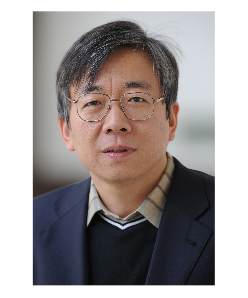
Prof. Junhui Hu, Nanjing University of Aeronautics and Astronautics, China
胡俊辉 副院长/教授,南京航空航天大学
(Chang-Jiang Distinguished Professor, IAAM Fellow)
Biography: Junhui Hu received his Ph.D. Degree from Tokyo Institute of Technology, Tokyo, Japan, in 1997, and B. E. and M. E. degrees in electrical engineering from Zhejiang University, Hangzhou, China, in 1986 and 1989, respectively. Currently he works for Nanjing University of Aeronautics & Astronautics, China, as a full professor. His research interest is in ultrasonic sensors and actuators, ultrasonic nano fabrication, ultrasonic micro/nano/molecular manipulations, etc. He is a Chang-Jiang Distinguished Professor, China, and an IAAM Fellow. He was an assistant and associate professor at Nanyang Technological University, Singapore, from 2001 to 2010, and an R&D engineer at Tokin, Japan, from 1997 to 1999. He authored and co-authored more than 300 publications, including more than 100 full research papers published in SCI journals, two books, 1 editorial review in an international journal and more than 60 disclosed/empowered China and Japan patents. He is the sole author of monograph book “Ultrasonic Micro/Nano Manipulations: Principles and Examples” (2014, World Scientific). He has given more than 30 keynote/invited lectures at international conferences, and his research work has been highlighted by 7 international scientific media. He served lots of international conferences as a Technical Program/Organizing/Scientific Committee member, and was the chairman of International Conference on Mechanical Control and Automation 2016 (China), International Conference on Electric Engineering and Automation Control 2017 (China), and honorary chairman of International Workshop on Piezoelectric Materials and Applications in Actuators 2011 (USA). He was awarded the title of valued reviewer by Sensors and Actuators A: Physical and by Ultrasonics, and won the Paper Prize from the Institute of Electronics,Information and Communication Engineers (Japan) as the first author in 1998. He was once supported by the Shuang-Chuang Project of Jiangsu Province, China, as a “Shuang-Chuang” expert. Presently, he is an editorial board member of four international journals, board member of Chinese Acoustical Society and member of its academic work committee, and deputy director of expert committees on electronic information materials and devices, and on Aerospace materials, Chinese national think tank for materials and devices.
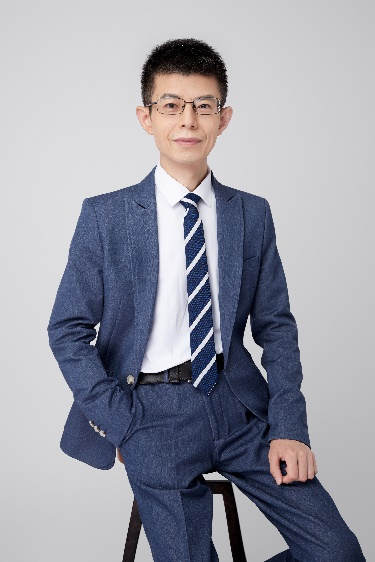
Prof. Qingsheng Zeng, Institut National de la Recherche Scientifique, Canada
曾庆生 教授,加拿大国立科研院,加拿大
(IEEE Senior Member)
Biography: Qingsheng Zeng (S'97--M'02--SM'11) received his Ph.D. from University of Ottawa, Canada, and is currently an adjunct professor and PhD advisor of University of Ottawa, Carleton University, Université du Québec an Outaouais (UQO), and Institut National de la Recherche Scientifique -- Centre Energie, Matériaux et Télécommunications (INRS-EMT). He has been a research engineer and a senior research engineer at Communications Research Centre Canada (CRC), Government of Canada. Dr. Zeng has undertaken research and teaching in several fields, including analysis and design of aircraft antennas, electromagnetic compatibility and interference (EMC/EMI), ultrawideband technology, radio wave propagation, computational electromagnetics. He has been the Chair of AP (Antennas and Propagation) / MTT (Microwave Theory and Techniques) Joint Chapter and Secretary of EMC (Electromagnetic Compatibility) Chapter of IEEE Ottawa, a Member of IEEE Canada Industry Relations Committee, and a senior member of IEEE. Dr. Zeng has been a member of the Strategic Projects Grant (SPG) Selection Panel (Information and Communications Technologies B) for the Natural Sciences and Engineering Research Council of Canada (NSERC), a member of Site Visit Committee of NSERC Industrial Research Chair (IRC), and a reviewer of NSERC Industrial R&D Fellowships.
He has published more than 200 SCI and EI indexed papers and technical reports, authored one book and co-authored two book chapters. His work on the project “Aggregate Interference Analysis and Suitability of Some Propagation Models to Ultra-wideband Emissions in Outdoor Environments” has formed one part of Consultation Paper on the Introduction of Wireless Systems Using Ultra Wideband Technology, Spectrum Management and Telecommunications Policy, Industry Canada, and has been taken as a significant contribution to International Telecommunication Union (ITU). Dr. Zeng has been serving as an editorial board member and a reviewer for a number of technical books and scientific journals, as a conference co-chair, a session chair and organizer, a technical program committee co-chair and member and a reviewer, a short course/workshop/tutorial presenter and a keynote speaker for many international and national symposia. He has won several technical and technical service awards, was ranked as one of the researchers at Communications Research Centre Canada with the strongest impacts in 2011, selected as a distinguished expert under the Plan of Hundreds of Talents of Shanxi Province in China during 2015, a Huashan Mountain Scholar Chair Professor of Xidian University in 2020, and a distinguished expert for HOME Program of China Association for Science and Technology in January 2023, and was elected as a member of the Council of the Academicians and Experts Association of Jilin Province in December 2023.
Title: Analysis and Design of Lightweight, High-Efficiency, and Circularly Polarized Antennas for Satellite Platforms
Abstract: In this report, a lightweight and efficient circularly polarized all metal antenna design method suitable for satellite industrial applications is presented. The proposed antenna consists of a rectangular waveguide, which includes a high-order mode cavity, a feed, a high-order mode cavity, and a metasurface circular polarizer (MCP). The cavity higher-order mode TE440 is directly emitted from four coupling slots in the waveguide. MCP is placed on the cavity to generate circularly polarized (CP) radiation. Due to the introduction of high-order mode technology and MCP, all metal walls inside the antenna can be removed, significantly reducing weight. In order to reflect the weight advantage, traditional metal wall loaded waveguide antennas with the same size were designed. The test results indicate that the antenna has a wider impedance and axial bandwidth, as well as higher radiation efficiency. Especially, the proposed antenna is 40% lighter than the comparative antenna, indicating that it is more suitable for satellite platforms with limited payload capacity.
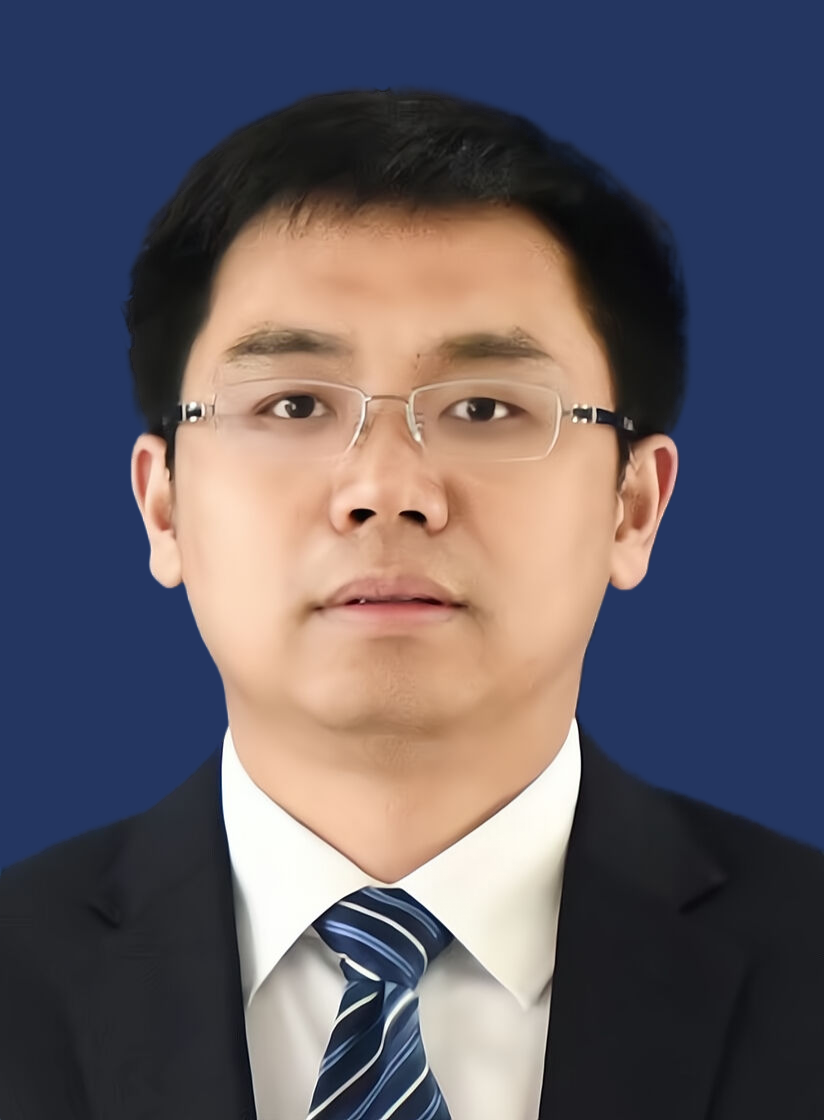
Prof. Lei Lei, Nanjing University of Aeronautics and Astronautics, China
雷磊 教授,南京航空航天大学
Biography: Lei Lei received the B.S. degree in electronic and information engineering from Northwestern Polytechnical University, Xi’an, China in 2002, and the Ph.D. degree in communication and information systems from Nanjing University of Aeronautics and Astronautics, Nanjing, China in 2008. He is currently a professor and doctoral supervisor with the College of Electronic and Information Engineering, Nanjing University of Aeronautics and Astronautics. His current research directions include intelligent networking and collaboration technology of aircrafts and air-space information system digital twin technology.
In recent years, he has undertaken over 40 projects of various types such as National Natural Science Foundation of China, National Defense Basic Scientific Research key projects, National Defense Science and Technology Innovation Special Zone projects of the Science and Technology Commission of the Military Commission, etc. He won the first and third prizes for National Defense Science and Technology Progress, the second and third prizes for National Defense Technology Invention. In recent years, he has published more than 50 papers in international mainstream journals and conferences in communication networks fields such as IEEE NETWORK, IEEE IoT-J, IEEE TVT, IEEE CL
Title: Research on Intelligent Cooperation Theory of Unmanned Aerial Vehicular Swarms Based on Digital Twins
Abstract: Unmanned aerial vehicle (UAV) swarm networking and collaboration have significant prospects in both civilian and military applications, due to its remarkable properties in cooperative efficiency, reduced risks, and operational cost. In recent years, breakthroughs in artificial intelligence (AI) technologies such as deep reinforcement learning have provided new methods for intelligent cooperative control of swarms. However, how to improve the training efficiency in a high-fidelity manner has become a key bottleneck in applying deep reinforcement learning to intelligent cooperative control of swarms. In order to break through this bottleneck, we propose a new approach to achieve intelligent cooperative control of swarms through multi-agent deep reinforcement learning based on building a digital twin (DT) system of swarms. Our contributions consist of the following aspects: (1) We proposed a DT based training method of deep reinforcement learning for the intelligent cooperation decision model of UAV swarms. Our method realizes the continuous evolution of the decision model; (2) We proposed a new method for cooperative trajectory planning based on digital twins and deep reinforcement learning to realize the dynamic optimization of the decision model under multiple constraints; (3) We proposed a linear fusion method for UAV detection information and establish a scalable deep reinforcement learning decision-making model for the cooperative electronic reconnaissance problem.
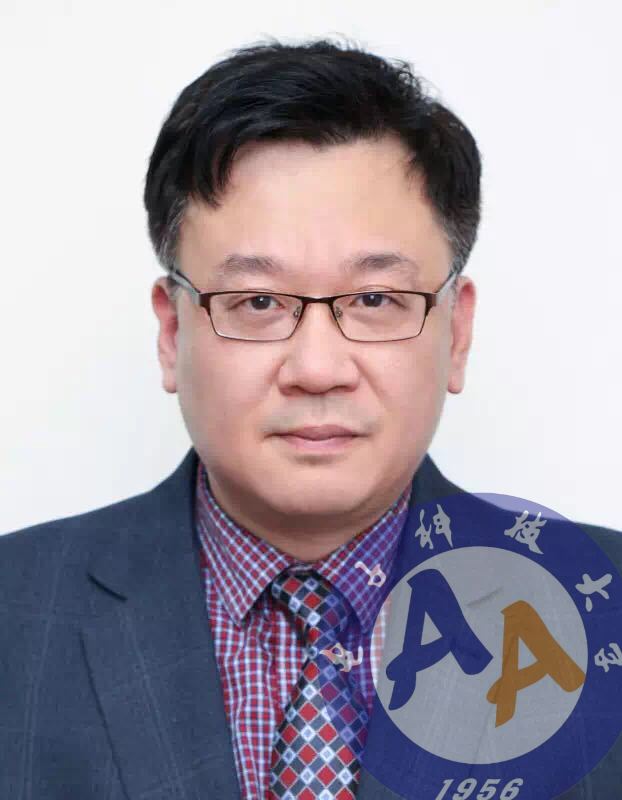
Prof. Qian Wu, University of Electronic Science and Technology of China, China
吴谦 教授,电子科技大学
Biography: Prof. Wu Qian is a national leading talent with 20 years of work experience. Professor Wu focuses on various interdisciplinary finite element calculation and analysis, using calculation results to improve and innovate mechanical design. He has completed 150 calculation and design projects, including 55% of solid mechanics calculations, 40% of fluid mechanics, and 5% of electromagnetic analysis.
